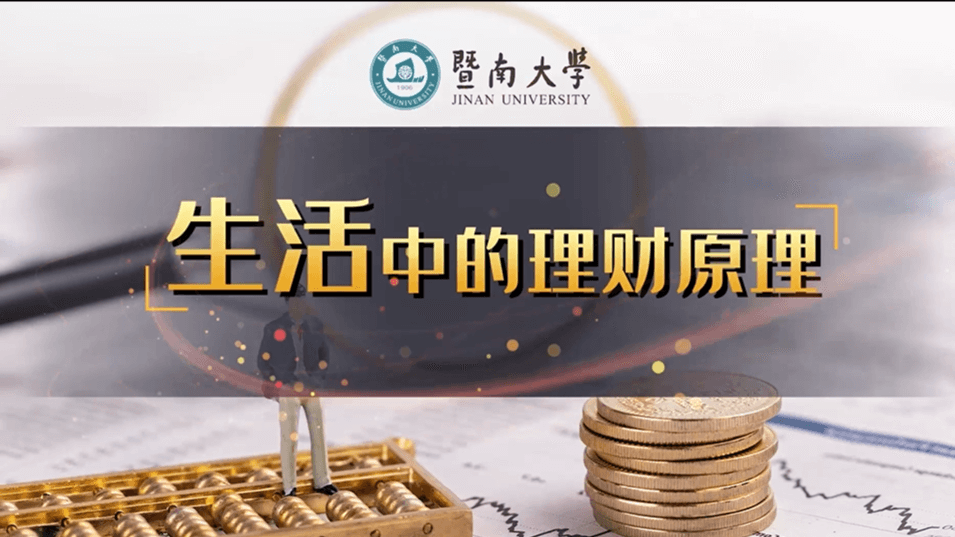
当前课程知识点:Socially-Responsible Real Estate Development: Learning to Use Impact Assessment Tools Effectively > Module 5: Applying SIA and EIA in a Socially Responsible Manner > Lectures > Lecture 2
当EIA和SIA用来联合解决问题时
当有社会责任感的房地产开发
关注不同群体的利益
并且试图
满足这些利益
而不仅是避免监管规定的最坏影响时
关键是要创造共同利益
在谈判理论中
谈判的共赢方式常常
与所谓的零和谈判方式形成对比
花点时间说一下
因为我真的觉得
这是一种将社会责任重新概念化
并阐明EIA和SIA
如何被用于解决问题的途径
我有你想要的东西
你有我想要的东西
假设 如果我如愿了 你就不能
如果你如愿了 我就不能如愿
这就是零和概念的来源
你好处是我的损失 结果就是零和
另一种不同的谈判概念
我认为用于EIA
和有社会责任感的房地产开发的
就是有些我能做对我来说低成本的事
能为你创造高价值
如果我们承诺进行这样的互惠交换
我得到一些对你来说不太重要
但对我来说很重要的东西
你得到对你来说很重要
但对我来说不关键的东西
这两件事的交易就是创造价值
这不是妥协 不是零和
而是创造价值
我们可以通过不同的交易
来创造价值
我们不想寻求妥协
我们试图尽可能创造价值
它在EIA中使用的方式是
有一系列我们都关心的
影响或潜在的影响
一些你更关心
另一些我更关心
有不同的方式来改变项目的设计
或项目的位置
或项目中使用的技术
一些能创造更多收益 或者更多损失
如果我们面前有这些信息
解决问题的方式是 我想要
通过寻找项目中对你来说特别有价值
但对我来说相对低成本的方式
来满足你的重要问题 以此交换
项目或者减轻影响或者潜在补偿
等方面的变化 最终于现状相比
我们双方都获得更多利益
正如我在第四讲中提到的
我们为你提供符合你利益的东西
这不是贿赂
当我给你一些能满足你的利益的好处
作为交换 你会认真对待我的利益
这就是共赢
如果我们用透明公开的方式操作
解释它的基础 就像我在自己工作中
能看到的所有事情那样 就建立了信任
它能增强长期关系
它提高了在房地产项目中所提议的
任何东西的合法性
我们希望我们与包括开发商
监管机构在内的所有集团达成的协议
我们希望以允许的方式向媒体展示它
这是一个很好的先例
这一过程开创了一个良好的先例
它的结果树立了一个良好的先例
我在第四讲中提到了一些偶然的承诺
它们是写入某些特定的情况下的协议中
比如面临不确定性
比如我们认为不会发生的事情会发生
并且我们有共同的监控
而且我们有合作的
适应性管理的承诺的情况下
社区可以放心
负面影响不会发生
社区将能得到最想要的结果
我们就里面的触发条件达成协议
如果这个发生了 就这样做
通过联合监测详细说明
我们达成了书面协议 作出承诺
我们讨论了门槛
在传统的监管办公室的EIA中
这些都不包括在EIA当中
这些是开发人员
和代表社区的官员之间附加协议
是由参与这个过程的
所有利益相关团体发起的
我知道这听起来很复杂
至少比制作一份技术报告
交上去 得到允许 要负责得多
但在我看来 有社会责任的房地产开发
需要这些
如果第一次做对了
它实际上能省钱或为开发商赚钱
能与社区建立关系
能在社区中
为项目建立积极的形象
-Welcome
--Welcome
-Course Welcome
--Welcome
-Entrance Survey
-Entrance Survey
-Learning Objectives
-Course Schedule
-Meet Your Course Instructors
-Grading and Completion Criteria
--html
-Introduction
-Lectures
--html
-Readings
--Social Impact Assessment: The State of the Art
--Social Impact Assessment and Public Participation in China
-Developer Interview
--Module 1
--html
-Questions
-Assignment
--html
--html
--Peer Assessment
-Debrief
--Discuss
-Introduction
-Lectures
-Readings
--Methods of Environmental Impact Assessment
--Public Participation and Environmental Dispute Resolution
--Environmental Impact Assessment for Developing Countries in Asia
--Importance of Nonobjective Judgements
--Example Environmental Impact Statement
-Developer Interview
--html
--Module 2
--html
-Questions
-Assignment
--html
--Peer Assessment
-Debrief
--Discuss
-Introduction
--Text
-Lectures
--html
-Readings
--Introduction to Social Impact Assessment
--Effectiveness in Social Impact Assessment
--Example Social Impact Statement
-Developer Interview
--Video
--Text
-Questions
-Assignment
-Debrief
--Discuss
-Introduction
--Text
-Forest City Case Study
--Part 1
--Part 2
--Part 3
--Additional Forest City Information
-Lectures
-Readings
--Dealing with An Angry Public
--Facility Siting and Public Opposition
-Developer Interview
--Module 4
--Text
-Questions
-Assignment
--html
--SCENARIO
-Debrief
--Discuss
-Introduction
-Lectures
-Readings
--Why Would Corporations Behave in Socially Responsible Ways?
--Social Impact Assessments of Large Dams Throughout the World
--Environmental Sustainability Principles for the Real Estate Industry
-Developer Interview
--Module 5
-Questions
-Assignment
--html
--SCENARIO
-Debrief
-Further Resources
-Thank You
--Thank you for taking the course
-Acknowledgements

